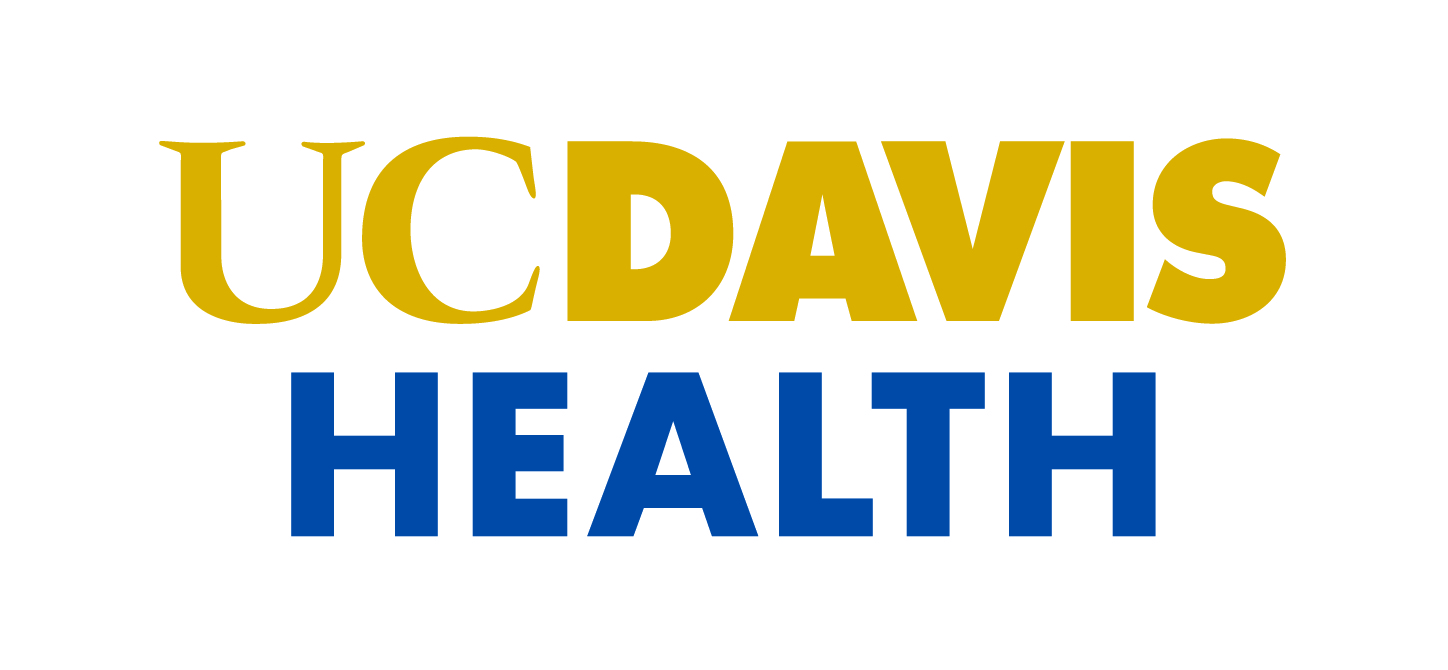Newswise — Researchers at UC Davis, Genentech and Foundation Medicine are the first to show that a blood-based test to assess tumor mutational burden (TMB) accurately identifies non-small cell lung cancer (NSCLC) patients who could benefit from immunotherapies called checkpoint inhibitors. The blood test offers a much less invasive and more repeatable alternative to tissue testing. The study was published online today in Nature Medicine.
“We wanted to know if we could transfer this TMB assay from tissue to blood,” said David Gandara, who directs the Thoracic Oncology Program at the UC Davis Comprehensive Cancer Center and is first author on the paper. “We succeeded, establishing a TMB level in blood that correlates well with similar levels in tissue and was associated with favorable patient outcomes.”
Checkpoint inhibitors take the molecular brakes off T cells, allowing them to attack tumors. However, they work best in patients who exhibit certain tumor biomarkers. One of these is the PD-L1 protein. More recent is tumor mutational burden – the number of mutations found in specific genomic sequences in tumor cells of an individual patient. Patients with higher TMB are often better candidates for immunotherapy.
Translating these findings into clinical practice is now feasible. The initial laboratory research methods used to identify these biomarkers, such as exome sequencing, take a long time and are not always scalable for clinical care. In addition, as many as 30 percent of NSCLC patients have too little tumor tissue to facilitate these tests. A fast, minimally invasive blood test would be the ideal solution.
“There are patients for whom the biopsy is inadequate from the start, or the tissue is used for routine pathology and we don’t have enough tissue left to do either genomic testing or tissue TMB,” Gandara said. “If we can do it in blood in one test, that offers many advantages for patients who have had an inadequate biopsy.”
In addition, because it’s much less invasive, a blood test could be repeated to determine if a treatment is effective or provide an additional option for patients who might not tolerate a traditional biopsy in the first place.
To determine whether blood could produce TMB results as well as tumor tissue, the researchers examined more than a thousand blood samples from patients with advanced NSCLC (two or more lines of treatment) in two studies, OAK and POPLAR.
This retrospective study compared these blood samples with tumor tissue and found a strong, though not perfect, TMB correlation between the two. This was not unforeseen, as tumor tissue is heterogeneous, and the blood test is actually more sensitive.
Despite these differences, the blood test performed well, consistently predicting which patients would benefit – with improved response and progression-free survival – from the PD-L1 inhibitor atezolizumab (Tecentriq). The assay proved both accurate and reproducible.
This blood-based approach seems poised to move rapidly into the clinic. Foundation Medicine is now seeking FDA approval to incorporate it into their FoundationACT (FACT) liquid biopsy. In addition, interim data from the prospective BFIRST study presented at the recent ASCO conference confirmed that blood samples are a viable way to test TMB.
“This blood TMB assay, and the associated FACT test, have already received Breakthrough Designation, the first step towards full FDA approval,” Gandara said. “This is very important for practicing physicians and for patients. What they hear about as research one day could very shortly be standard of care.”
Other authors included: Sarah M. Paul, Marcin Kowanetz, Erica Schleifman, Wei Zou, Yan Li, Lukas Amler, Todd Riehl, Craig Cummings, Priti S. Hegde, Alan Sandler, Marcus Ballinger and David S. Shames at Genentech; Achim Rittmeyer at Lungenfachklinik Immenhausen; Louis Fehrenbacher at Kaiser Permanente Medical Center, Vallejo, California; Geoff Otto, Christine Malboeuf, Daniel S. Lieber, Doron Lipson, Jacob Silterra and David Fabrizio at Foundation Medicine; and Tony Mok at State Key Laboratory of Southern China.
This research was funded by F. Hoffmann-La Roche.
